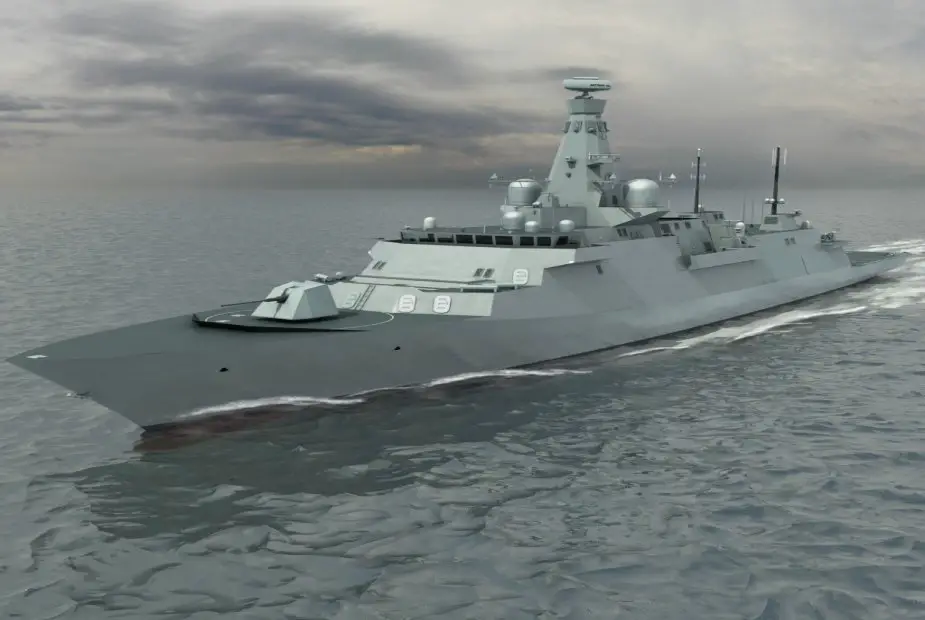Breaking news
Manufacturing of engines for next batch of Type 26 frigates will begin in 2020.
Manufacturing of engines for the next batch of Type 26 frigates will begin in January 2020 at the General Electric Warwickshire site.
 (GE used a special 3D acoustic modelling software to design a quiet electric propulsion system that will allow Type 26 frigates to hunt submarines more effectively without being detected (Picture Source: BAE Systems)
(GE used a special 3D acoustic modelling software to design a quiet electric propulsion system that will allow Type 26 frigates to hunt submarines more effectively without being detected (Picture Source: BAE Systems)
The confirmation by GE Power bosses follows confirmation on Monday, May 20 that the future of the company's site in Rugby, Warwickshire had been secured after being awarded a contract by the Ministry of Defence. GE's George Kunder said the agreement represented a "rejuvenation" of the Rugby site and that it would become a "naval and UK service shop".
BAE Systems, the prime contractor for the Type 26 program, announced that the first three ships will use advanced electric propulsion motors and drive systems developed by GE Marine. This tech is nothing that Lord Nelson would recognize. GE has deployed a team of noise and vibration specialists using special 3D modelling software to map the acoustic dynamics of the ship’s electric motors. They designed an electric propulsion system that is quiet but also powerful. It will give the ship the key advantage of being able to hunt submarines more effectively without being detected.
The shock-and-vibration-proof motors are also quite small and can fit in a tight space. “On military ships, volume within a ship is at an absolute premium,” says Ben Salter, technical solutions director for Naval Systems at GE. “If all the platforms do is to carry engines and propulsion motors around, they may be fast, but they won’t be able to fight. The Royal Navy, therefore, values power density, which is having enough power but in a tight space.”
The ships will use the electric motors for patrolling and cruising at lower speeds – something that military vessels tend to do a lot. They will draw electricity from diesel generators, but the new ships will also have a gas turbine for sprinting at high speeds.
Hybrid propulsion – i.e. the combination of power generators and gas turbines – is now preferred by many navies because of its easy operation and reduced fuel and maintenance costs.
Of course, the ships will have more than just motors. They will come equipped with sophisticated missiles, radar and weaponry including a helicopter and be capable of hosting a variety of unmanned aerial, surface and underwater vehicles. But each ship will also stand out because of the technology it carries in the engine room. The vessel is the latest in a line of next-generation naval ships powered by GE.





























